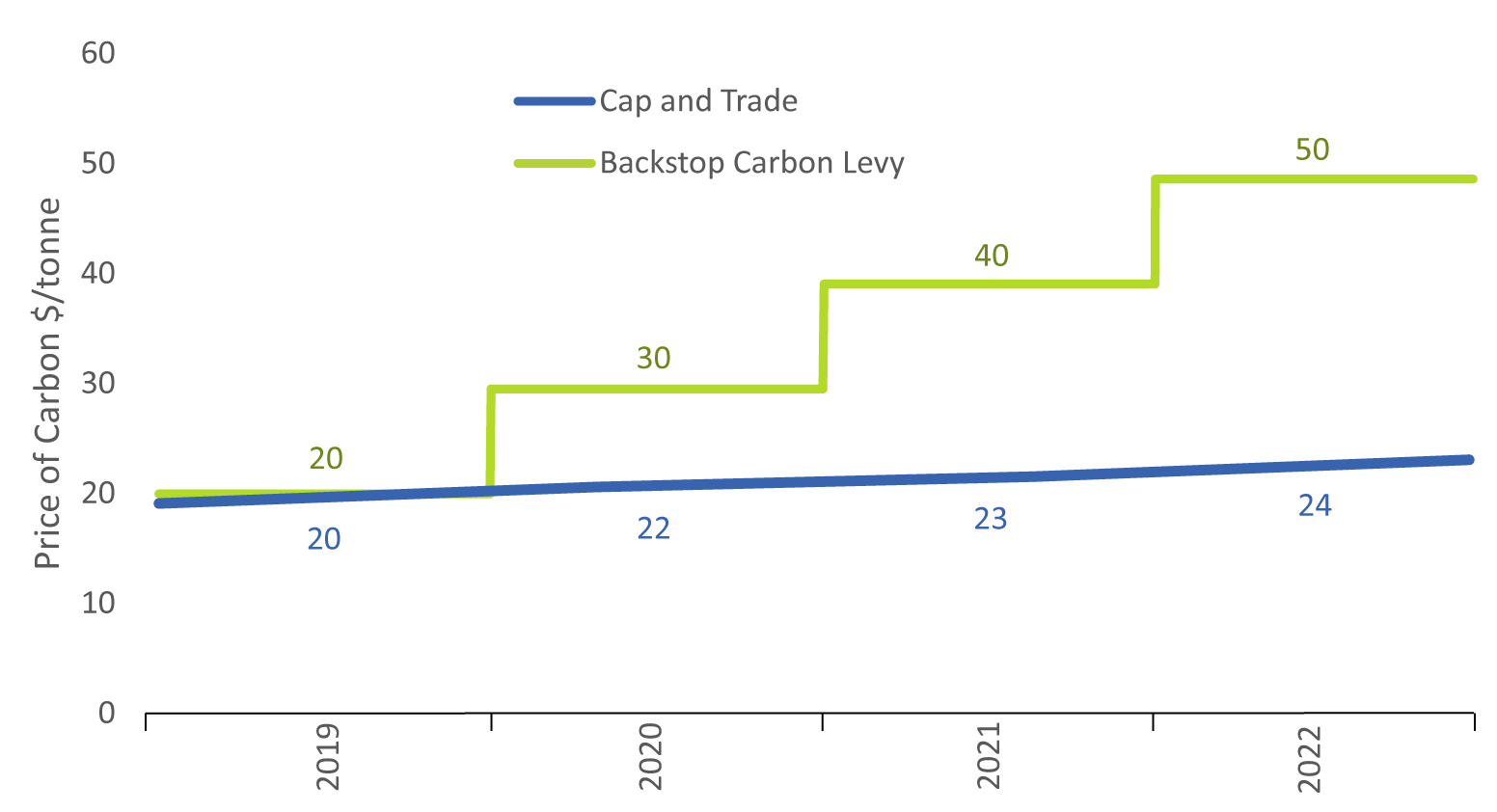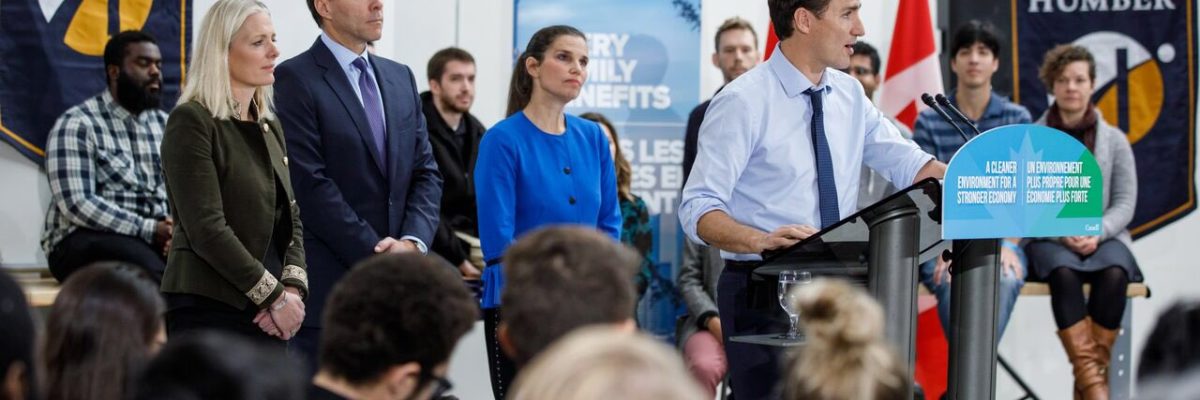The new provincial government wasted no time in fulfilling their campaign pledge to cancel Ontario’s cap and trade carbon pricing system. As of July 3rd, 2018, there is no price on carbon pollution in Ontario – other than the escalating costs that all of us will bear in the form of climate impacts. But many Ontarians have been surprised to learn that carbon pricing will be back in just a few short months.
Why is carbon pricing coming back to Ontario?
In October 2016, the federal government released the Pan-Canadian Approach to Pricing Carbon Pollution, which provided a federal benchmark and outlined criteria for provinces and territories to either adopt the federal carbon pricing system or develop their own. While many provinces and territories have designed their own carbon pricing plans, some provinces, now including Ontario, have refused to do so. Accordingly, and in alignment with Canada’s Greenhouse Gas Pollution Pricing Act, the federal carbon pricing backstop system will take effect in Ontario and other non-compliant provinces starting in January 2019. On October 23, 2018, the Federal Government confirmed its intention to proceed with the federal backstop and announced new details on how it will work.
How does the federal carbon pricing system work?
There are two main components of the federal carbon-pollution pricing system:
- An output-based pricing system (OBPS) for large industrial emitters. This is a lot like a cap and trade system, except that the carbon price only applies to the portion of a facility’s emissions that are above sector specific carbon intensity benchmarks. Facilities that outperform the benchmark (i.e. emit less pollution per unit of output than specified) receive credits that can be traded to other firms. The OBPS takes effect in Ontario starting in January 2019.
- A regulatory charge applied to fossil fuels (AKA a carbon tax), including natural gas, gasoline, and diesel. The carbon price on fuels will take effect in Ontario starting in April 2019.
Ironically, Ontario’s decision to scrap cap and trade is widely expected to result in a higher price on carbon, at least as it applies to fuels. While the new federal carbon price will start out roughly equivalent to the price under cap and trade, by 2022 it rises to $50 per tonne – double the price projected under cap and trade. In terms of the impact on fossil fuel prices, it works out to about 4.4 cents per litre on gasoline next year, rising to 11 cents per litre by 2022. For natural gas, that’s 3.9 cents per cubic metre in 2019 rising to 9.8 centre in 2022.
Comparison of cap and trade price and federal backstop carbon levy

Excerpted from Financial Accountability Office of Ontario, Cap and Trade: A Financial Review of the Decision to Cancel the Cap and Trade Program
Where will the proceeds go?
Use of proceeds from the federal carbon pricing system was one of the key questions answered by the federal government’s announcement this week. Under Ontario’s old cap and trade system, all revenues were dedicated to climate change mitigation programs. Under the new carbon pricing system, in contrast, 90% of revenues will be returned directly to Ontario households though what the Federal government is calling Climate Action Incentive payments. Each household will receive a rebate based on household size, with the average household receiving $300 in 2019 rising to around $700 by 2022. For most households, the rebate will exceed the amounts they pay in carbon fees based on their fossil fuel consumption.
The remaining 10% of carbon pricing revenues in Ontario will be reserved for targeted funding programs to support municipalities, universities, school boards, hospitals, not-for-profits, Indigenous communities, and small-to-medium enterprises (SMEs) in reducing their emissions. That equates to about $1.5 billion over the next four years to support carbon reduction programs in Ontario, with roughly two thirds of that earmarked for SMEs. Further details on these new funding programs will be released in early 2019.
Ontario’s court challenge of the federal carbon pricing system
The provincial government has filed a court challenge alleging the Federal carbon pricing legislation is unconstitutional. However, this case won’t be heard until April 2019. Most experts believe that the federal government has clear constitutional authority for its carbon pricing legislation, but we won’t know for certain until the case is heard. By that point, the 2019 Federal election will be rapidly approaching, with carbon pricing expected to be a key campaign issue. So, longer-term clarity on the future of carbon pricing in Ontario is likely to await the outcome of the October 2019 federal election. This uncertainty is a challenge for businesses and consumers making decisions today that will affect their carbon emissions in the years ahead. Our best advice – assume that carbon pricing is here to stay until the courts, or the electorate, prove otherwise.
The relevance of carbon pricing
TAF continues to support carbon pricing as the ideal foundation for an effective climate change strategy. While a variety of complementary policies are needed, carbon pricing provides a cost-effective means of incentivizing broad-based climate action while ensuring our economy’s long-term competitiveness in a context where concern over climate risk is growing stronger. That’s why carbon pricing has been endorsed by economists and industry groups, including the Canadian Chamber of Commerce

